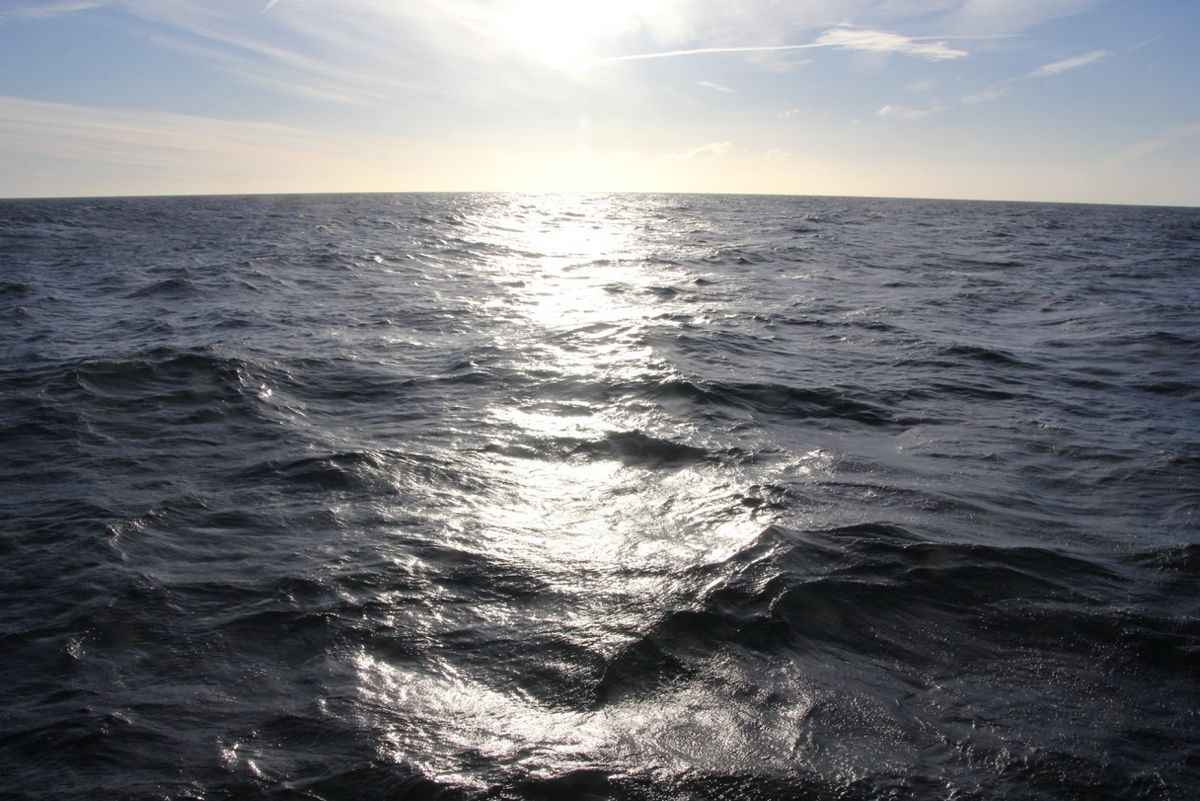Scientists have uncovered a troubling trend—over one-fifth of the world’s oceans have darkened in just the last 20 years. This shift, subtle yet widespread, is raising red flags about the health of marine ecosystems and the broader climate system.
What Is Ocean Darkening?
Ocean darkening refers to the decline in sunlight reaching the ocean’s photic zone, the sunlit upper layer that extends up to 200 meters deep. This layer is vital for marine photosynthesis, supporting the base of the aquatic food web and sustaining global biodiversity.
Key Research Insights
Using satellite imagery and sophisticated modeling, researchers tracked how much light is absorbed by the ocean. They focused on a parameter known as Kd 490—an indicator of water clarity. The results are sobering: from 2003 to 2022, 21% of the global ocean darkened, with 9% losing over 50 meters of light penetration in the photic zone.
Regional Differences
The darkening isn’t uniform. The Arctic and North Sea showed the most significant losses, while some areas, like parts of the English Channel, actually brightened. These variations are shaped by local climate patterns, rainfall, runoff, and human activity.
What’s Causing It?
In coastal zones, agricultural runoff and sedimentation are primary culprits. They fuel algal blooms that cloud the water. Farther offshore, changing plankton populations and rising sea temperatures are likely contributors.
Ripple Effects on Marine Life
Shrinking photic zones squeeze species into tighter spaces. Many marine organisms rely on light for feeding, migration, and reproduction. As sunlight becomes scarce, competition intensifies, threatening delicate marine food webs.
The Role of Calanus Copepods
To track ecosystem impacts, researchers studied Calanus copepods—a tiny but crucial species of zooplankton. These creatures are highly sensitive to light and form the backbone of many marine food chains. Disruptions in their behavior could trigger cascading ecological effects.
Biodiversity at Risk
Ocean darkening is more than a change in color—it represents a shrinking habitat for light-dependent species. This leads to increased predation, resource stress, and a potential loss of marine biodiversity. It also hampers vital ocean functions like carbon absorption and oxygen production.
A Planetary Wake-Up Call
This emerging crisis reinforces how deeply the ocean is tied to climate stability and human wellbeing. As light fades from our seas, so too may the ocean’s ability to sustain life—both below and above the surface.



